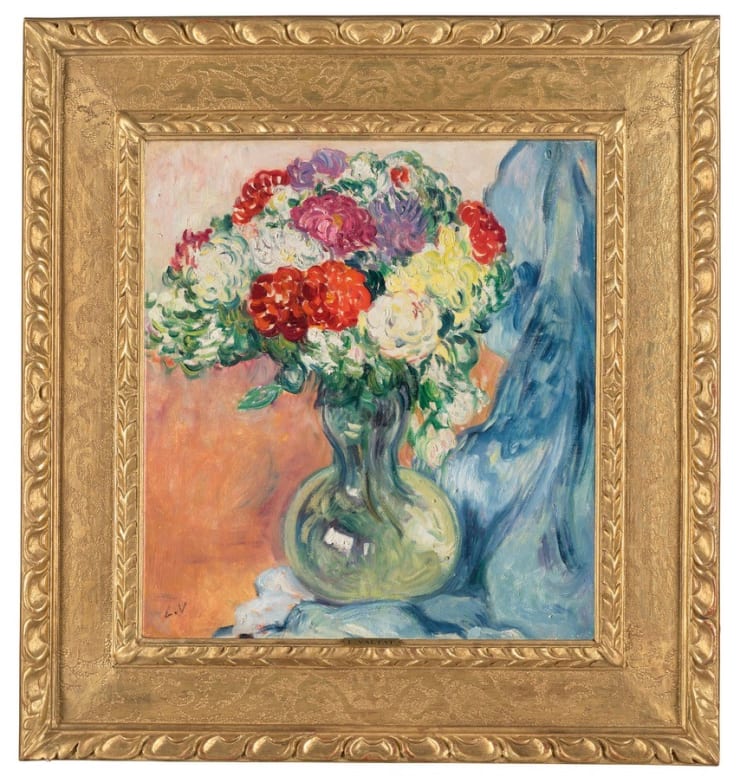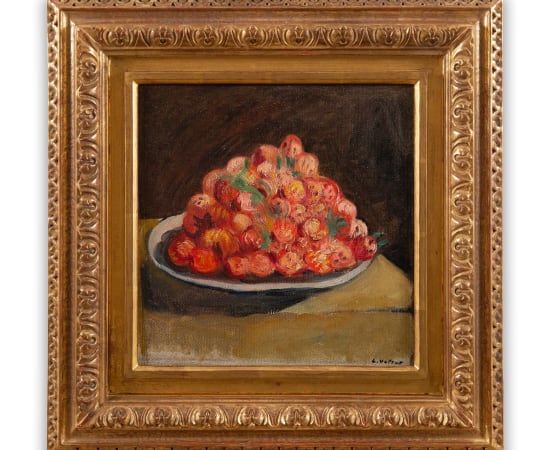Louis Valtat (1869-1952) French
连接印象派与野兽派的桥梁,色彩与光线的先锋
在贝利画廊,我们重点展示那些通过创新和充满活力的表达推动现代艺术发展的艺术家。路易·瓦尔塔是关键人物,他的作品成为印象派与野兽派之间富有活力的桥梁,以其灿烂的色彩运用、光线表现和生动的笔触闻名。
瓦尔塔1869年出生于法国迪耶普,曾就读于巴黎著名的美术学院。在早期职业生涯中,他与印象派艺术家共同展出,吸收了他们对自然光线和大气效果的迷恋。然而,瓦尔塔的调色板和风格很快发展为更大胆、更浓烈的色彩语言,预示着野兽派运动的到来。
瓦尔塔是最早采用鲜艳、非自然色彩的艺术家之一,这些色彩后来成为野兽派的标志。他曾与亨利·马蒂斯和安德烈·德兰一起参加1905年具有里程碑意义的秋季沙龙展览。他的作品涵盖风景、静物和肖像,特点是充满喜悦的即时感和形式与色彩的抒情融合。
在整个职业生涯中,瓦尔塔保持了独特的艺术声音,将印象派的敏感性与野兽派的活力结合,同时探索富有表现力的笔触和构图。他阳光明媚的海岸景致、繁茂的花园和温馨的室内场景,唤起和谐与活力的感觉,邀请观者进入一个充满色彩与光线的世界。
瓦尔塔的艺术作品收藏于包括奥赛博物馆、蓬皮杜艺术中心和芝加哥艺术学院等重要机构。他对现代艺术的贡献正日益受到收藏家和学者的认可,凸显他作为20世纪初绘画发展关键环节的地位。
在贝利画廊,我们自豪地呈现路易·瓦尔塔,这位色彩与光线的大师——他的作品捕捉了现代主义的欢快精神,继续激励着那些欣赏创新与传统交织的观众。







